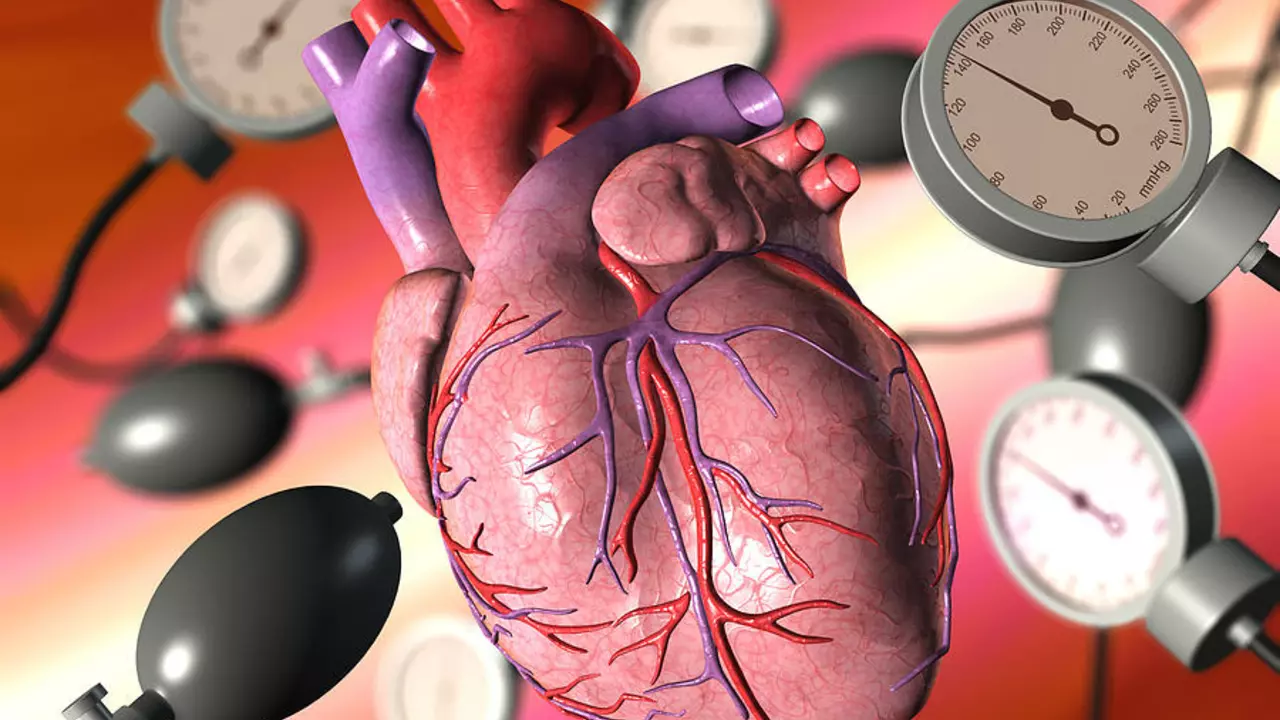Hypertension: Practical Guide to Managing High Blood Pressure
High blood pressure (hypertension) often has no obvious symptoms, yet it raises your risk for heart attack, stroke, kidney problems, and vision loss. You can measure it easily at home and make changes that meaningfully lower numbers. This page gives clear, usable steps you can act on today.
Quick steps you can take today
First, know the numbers. A typical target for many adults is under 130/80 mmHg, but your doctor may set a different goal based on age and health. Use a validated home cuff, sit quietly for five minutes before measuring, rest your arm at heart level, and take two readings one minute apart.
Cut back on salt. Aim for under 2,000 mg of sodium per day if you have high blood pressure. That means swapping processed foods for fresh items and checking labels—canned soups, deli meats, and many snacks hide lots of sodium.
Move more. Thirty minutes of moderate exercise most days—brisk walking, cycling, swimming—helps drop blood pressure and trims belly fat. If you’re short on time, three 10-minute walks add up.
Lose weight if you're overweight. Even 5% weight loss can lower blood pressure. Focus on sustainable steps: smaller portions, more vegetables, and steady activity rather than quick fixes.
Limit alcohol and cut smoking. Keep alcohol to one drink a day for women and up to two for men. Smoking raises your immediate blood pressure and harms blood vessels long term. Quitting reduces risk quickly.
Try the DASH-style approach: more fruits, veggies, whole grains, lean protein, and low-fat dairy. It’s one of the most consistently effective diet patterns for lowering blood pressure.
Medications: what to expect
If lifestyle changes aren’t enough, your doctor may prescribe medication. Common classes include ACE inhibitors (like lisinopril), ARBs (like losartan), calcium channel blockers (like amlodipine), thiazide diuretics (like hydrochlorothiazide), and sometimes beta-blockers. Often two drugs at low doses work better and cause fewer side effects than one high-dose pill.
Side effects vary: cough can occur with some ACE inhibitors, diuretics may change potassium levels, and calcium channel blockers can cause ankle swelling. Your clinician will check blood work and adjust doses as needed. Never stop or change meds without talking to your provider.
Keep a log of home readings and bring it to appointments. That helps your clinician see trends and avoid unnecessary dose changes based on one high office reading. If you get sudden chest pain, shortness of breath, severe headache, or vision trouble, treat it as an emergency and get immediate care—those can be signs of dangerously high pressure.
Managing hypertension is a mix of steady habits, smart monitoring, and the right medicines when needed. Small daily steps add up—measure regularly, eat better, move more, and work with your clinician to find the safest plan for you.
The Connection Between Alfuzosin and Blood Pressure
As a blogger, I've recently come across a fascinating connection between Alfuzosin and blood pressure. Alfuzosin is a medication commonly prescribed to treat an enlarged prostate, and it turns out that it can also have a significant impact on one's blood pressure. Through my research, I discovered that this drug works by relaxing the smooth muscle in the prostate and bladder neck, ultimately improving urine flow and reducing blood pressure. However, it's crucial to understand that while Alfuzosin can help lower blood pressure, it may cause side effects like dizziness or even fainting in some individuals. So, if you're considering this medication, it's essential to consult with your healthcare provider about the potential benefits and risks.

